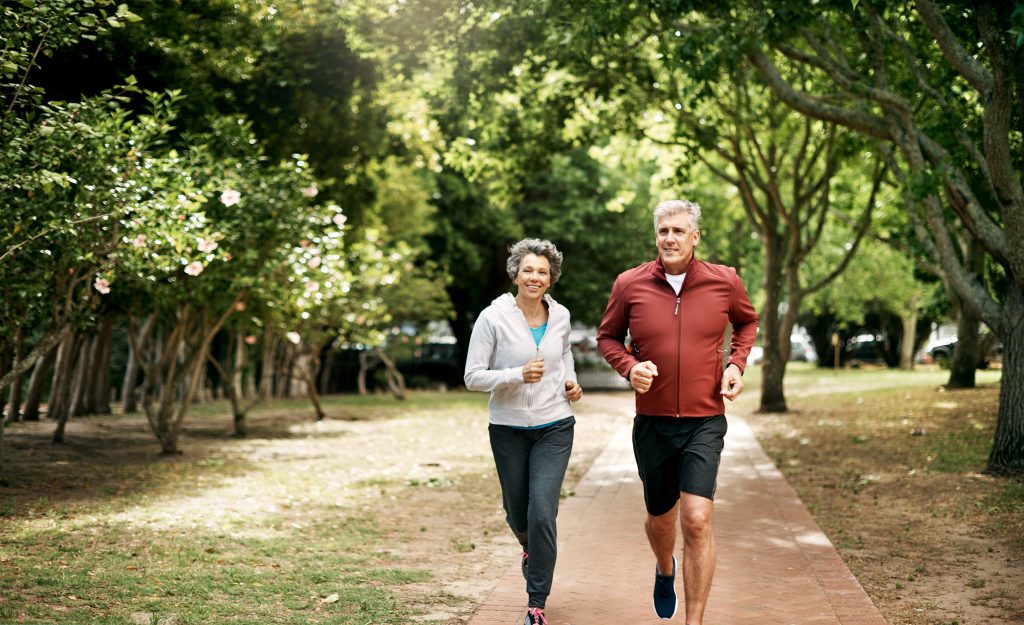
Lower your risk of osteoporosis with these bone-strengthening tips
Building strong bones is the best way to prevent osteoporosis, which causes bones to become weak or brittle. A healthy lifestyle can keep your bones strong. It’s never too early or too late to start a prevention program and build strong bones.
Factors that affect bone health include diet, physical activity, smoking and alcohol use, age and family history. While you can’t control all of these things, there are steps you can take to strengthen your bones and prevent osteoporosis.
There are treatments for this condition, but there is no cure.most people can prevent Onset of osteoporosis. Here are five easy steps to prevent osteoporosis. No single step is enough to prevent osteoporosis.But five people working together might help [1]!
- When appropriate, have bone density tests and take medications.
- Get your daily recommended amounts of calcium and vitamin D.
- Do regular weight-bearing exercises.
- Avoid smoking and excessive alcohol consumption.
- Discuss bone health issues with your doctor.
Ask Your Doctor About Bone Density Screening (DEXA)
Knowing your unique risks for fractures and fractures is important.If you are over 50 and have broken a bone, you are at risk for osteoporosis [2]. A bone mineral density (BMD) test (also known as a DEXA scan) is accurate, painless and noninvasive. This is the only way to diagnose osteoporosis and determine fracture risk. Since osteoporosis can go undetected for decades, early diagnosis through testing is important.
BMD tests measure the density (bone mass) of your bones. It can determine if you need medicines to help maintain bone mass, prevent further bone loss, and reduce your risk of fractures.
Strengthen bones with a healthy diet
Thinking carefully about what you eat can help build strong bones. Before you make any changes to your diet or start taking supplements, it’s important to consult your doctor for the right advice for your situation.
The Bone Health Benefits of Calcium
Calcium ensures that your heart, muscles and nerves work properly and that your blood clots properly. Not getting enough calcium is thought to contribute to osteoporosis.
According to the National Institutes of Health [1]:
- Adults ages 31-50 need 1,000 milligrams (mg) of calcium per day.
- Adult men ages 51-70 also need 1,000 mg of calcium per day.
- Adult women ages 51-70 need 1,200 mg of calcium per day.
If you have trouble getting enough calcium from food, you may need to take a calcium supplement.
Why Your Bones Need Vitamin D
Your body needs vitamin D to absorb calcium. Without it, you cannot absorb calcium from the foods you eat. Your body must get calcium from your bones.
Vitamin D comes from two sources: skin (from sunlight) and diet.According to the recommendations of the National Institutes of Health [1]:
- Most adults need 600 international units (IU) of vitamin D per day.
- Adults 70 and older need 800 IU of vitamin D per day.
If you don’t get enough vitamin D, you may need to take a supplement. There are two types of these supplements: vitamin D2 and D3. Recent studies have shown that both are equally beneficial for bone health.
The Importance of Protein
Protein also supports bone health. The amount of protein you should eat each day depends on a variety of factors, including your age.USDA Recommendations [3]:
- Adults ages 19-59 need 5-7 ounces (oz). protein every day.
- Adults 60 and older need 5-6.5 oz. protein every day.
Avoid smoking and excessive alcohol consumption
Drinking too much alcohol puts you at high risk for osteoporosis [1]. If you drink alcohol, do so in moderation. Women should limit themselves to one drink a day. Men should drink no more than two glasses a day. Several studies have shown that smoking is also a risk factor for osteoporosis and fractures. if you smoke, you should quit. You should also avoid secondhand smoke.
Strengthen Bones Through Exercise
Exercise is important for good bone health. If you exercise regularly, you are more likely to reach peak bone strength than those who do not exercise.
Weight-bearing exercises are the best option for building bones. These activities include walking, dancing, jogging, stair climbing, racquet sports, and hiking.There are also many ways to exercise at home No equipment! Consult your physician before starting any exercise program.
Stay informed about inspections and screenings
Work with your doctor to learn about your bone health.see your doctor for routine checkups and health examination, such as a DEXA scan. You may also want to talk to your doctor about your history of drinking or smoking.
UPMC health plan members have access to resources to help them stay healthy:
- Contact the Healthcare Concierge today Get help finding a primary care provider and learn what screenings you should have.
- Connect with a health coach Learn how to be more physically active, eat better and take care of your health.
source
[1] Osteoporosis overview. National Resource Center for Osteoporosis and Related Bone Diseases, National Institutes of Health. October 2019. Accessed August 2, 2021. bones.nih.gov/health-info/bone/osteoporosis/overview
[2] Once is enough: guidelines for preventing future fractures. National Institutes of Health (NIH) National Resource Center for Osteoporosis and Related Bone Diseases. December 2018. Accessed March 24, 2021. bones.nih.gov/health-info/bone/osteoporosis/fracture
[3] U.S. Department of Agriculture and U.S. Department of Health and Human Services. Dietary Guidelines for Americans, 2020-2025. 9th edition. December 2020. Accessed August 2, 2021. dietaryguidelines.gov/sites/default/files/2021-03/Dietary_Guidelines_for_Americans-2020-2025.pdf



